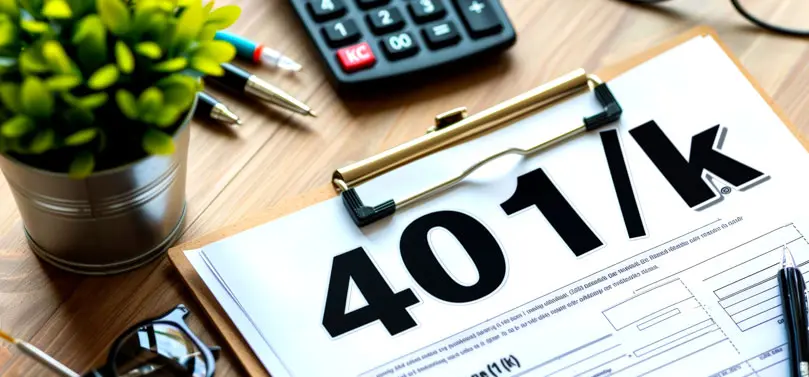The news that U.S. gross domestic product (GDP) shrank at an annual rate of 1.4% in the first quarter of 2022 has raised recession alarm bells. A recession is defined as a decline in GDP over two successive quarters. Although our portfolio managers concur that the probability of a recession has increased from six months ago, they still believe positive economic indicators are strong enough that the U.S. will avoid recession this year.
Recession or not, investors should be prepared for the worst. Here’s what we recommend you do:
- Review and fund your emergency bucket
Most experts agree you should keep at least six months’ worth of your fixed expenses (e.g., rent, mortgage, utilities, car payments) in cash. Consider increasing your allocation to cash to include any major expenses that you may have in the next year or so. Keep in mind a recession could affect your employment as companies make staffing cuts in the face of negative headwinds. If you are self-employed, you may see your business generate less in revenues, which could affect your savings. Review your emergency cash reserve and increase accordingly.
- Diversify your portfolio
A well-diversified portfolio is a smart way to help prevent serious losses during a recession. Being diversified, however, does not mean holding investments with different advisors. It means reviewing all your accounts to ensure you don’t have duplicative exposure to certain parts of the market. Recession or not, it is a good practice to regularly review your portfolio exposure and make certain you are not overly exposed to any particular asset or sector that could have a long-term negative impact on your goals.
- Review your risk tolerance
Investors who base their risk tolerance on how markets perform may be in for a rude awakening. If you tend to look at the market with rose-colored glasses when it’s doing well and see nothing but clouds when volatility hits, then you may need to reassess your risk tolerance. If you are more anxious from market losses in your portfolio than you thought you would be, consider reviewing and adjusting the risk in your portfolio.
- Stay the course
Once your emergency cash bucket is properly funded and your portfolio is well-diversified and at a risk level you’re comfortable with, the best move is to stay the course. Although it may seem counterintuitive, there are many reasons for this. First, markets tend to act in idiosyncratic ways and a recession does not always mean you will see long-term declines in your portfolio. If you sell out, you will most likely miss out when the market bounces back. Lastly, keep in mind that no matter how the market is doing, there are always winners and losers. Even if the broader markets are volatile, there are companies that can benefit from a recession.
- Have a plan
The old adage that Noah did not wait for it to start raining before he built his ark rings true now more than ever. Remember, no one knows if we are approaching a recession, but being prepared for one is prudent. Panic and greed both tend to set in during a crisis, so having a plan of action and following it can keep you from making costly financial missteps. If you have not started your financial plan or need to review yours, please call us.




